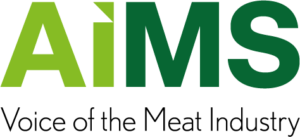China Renews U.S. Meat Export Licenses
Beijing has renewed registrations for hundreds of U.S. pork and poultry facilities, allowing them to continue exporting to China.
This move comes as a relief to U.S. farmers and meat companies, who have been navigating trade disputes with major agricultural importers, including China and Canada.
The renewals, which extend until 2030, were confirmed on China’s customs website. However, registrations for hundreds of U.S. beef facilities remain listed as “expired.” This situation has left U.S. exporters uncertain about the future of their shipments, as registrations for more than 1,000 U.S. meat plants granted under the 2020 “Phase 1” trade deal lapsed on Sunday.
The “Phase 1” trade deal, signed in 2020, aimed to end the previous U.S.-China trade war with a pledge from Beijing to boost its purchases of U.S. goods and services, including meat, by $200 billion over two years. Despite this agreement, China did not reach the target, which was set shortly before the COVID-19 pandemic hit.
Shipments from facilities with lapsed registrations have continued to clear customs, but U.S. exporters remain unsure how long this will last. The U.S. Department of Agriculture has expressed concerns that China did not respond to repeated requests to renew plant registrations, potentially violating the Phase 1 agreement.
The renewals for pork and poultry are a positive development, but the uncertainty surrounding beef exports continues to pose challenges for U.S. meat producers.
Original story: Reuters
